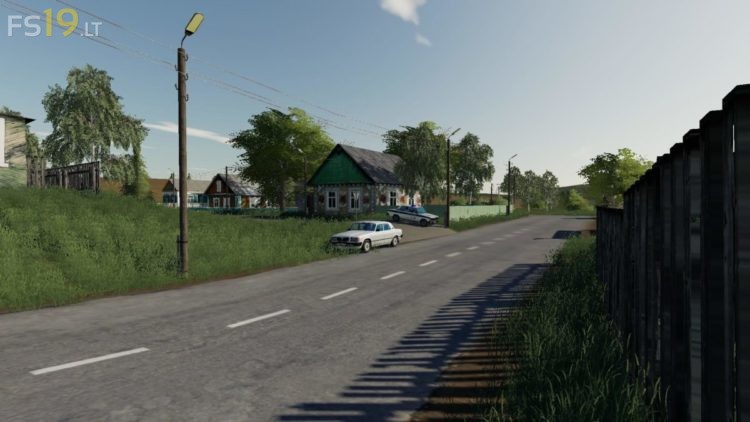

For example, according to the G– V plots established for Ti-6Al-4V 7 and Inconel 718 (ref.

However, the low G values required for equiaxed solidification of metallic alloys are not easily encountered during AM. Varying the AM process parameters to change the thermal gradient G and growth velocity V in the melt pool has the potential to achieve equiaxed grains as well 7. Introducing potent nucleant particles by inoculation can realize the columnar-to-equiaxed transition by the Hunt criterion 25. In addition, the coarse columnar prior-β grains may further degrade the strength of Ti-6Al-4V according to the Hall–Petch relationship established for lamellar α–β Ti-6Al-4V 21– 23 (exceptions can exist 24). This gives rise to a β → α transformation texture 8, 11– 15, which is an important concern for AM qualification 16, 17 because of the resulting anisotropy of mechanical properties 14, 15, 18– 20. The columnar prior-β grains in AM-fabricated Ti-6Al-4V feature the strong orientation along the build direction. However, Ti-6Al-4V fabricated by different fusion-based AM processes exhibits a strong columnar grain structure 7– 10. In fact, it has essentially been used as a yardstick for assessing the capability of each metal AM process developed to date 6.

The titanium alloy Ti-6Al-4V is the benchmark alloy of the titanium industry and the most extensively studied alloy for metal AM 5. Therefore, a key objective for metal AM is to replace coarse columnar grains with fine, equiaxed grains throughout the part 1– 4. This leads to columnar grains along the build direction in most additively manufactured metallic materials, which cause property anisotropy, reduce mechanical performance and increase tendency toward hot tearing. As a result, the solidification process shows a strong epitaxial growth tendency from layer to layer while the number of nucleation events is limited due to both the absence of potent nucleant particles and the small melt pool volume (consumed quickly by epitaxial growth). We further demonstrate the generality of our technique by achieving similar grain structure control results in the nickel-based superalloy Inconel 625, and expect that this method may be applicable to other metallic materials that exhibit columnar grain structures during AM.įusion-based metal additive manufacturing (AM) processes are featured by small melt pools and steep temperature gradients from the solid–liquid interface toward the liquid metal. This results in a 12% improvement in both the yield stress and tensile strength compared with the conventional AM columnar Ti-6Al-4V.
Use imagej software for grain map full#
Using the titanium alloy Ti-6Al-4V as a model alloy, we employ high-intensity ultrasound to achieve full transition from columnar grains to fine (~100 µm) equiaxed grains in AM Ti-6Al-4V samples by laser powder deposition. Here, without changing alloy chemistry, we demonstrate an AM solidification-control solution to printing metallic alloys with an equiaxed grain structure and improved mechanical properties. These long columnar grains can cause property anisotropy, which is usually detrimental to component qualification or targeted applications. In addition, display or xv needs to exist in your system to view the image.Additive manufacturing (AM) of metals, also known as metal 3D printing, typically leads to the formation of columnar grain structures along the build direction in most as-built metals and alloys. Pillow is required for the rver module's IJ.show() function.
Use imagej software for grain map install#
Use pip install -r server_requirements.txt to install requirements for server. ImageJ Server Requirements imagej_server: See also test/test_imagej.py for other examples of usage. mean ( img, axis = 2 ) # Invoke ImageJ's Frangi vesselness op. imread ( '' ) import numpy as np img = np. import skimage from skimage import io # NB: Blood vessel image from: img = io. init ( '/Applications/Fiji.app' ) # Import an image with scikit-image. In this example, replace /Applications/Fiji.app with the location of your Fiji installation. Install imglyb using conda install -c hanslovsky imglyb.įurther information regarding imglyb can be found in the It also provides a high-level entry point imagej.IJ for invoking Wrapper functions for integration between ImageJ and Python.


 0 kommentar(er)
0 kommentar(er)
